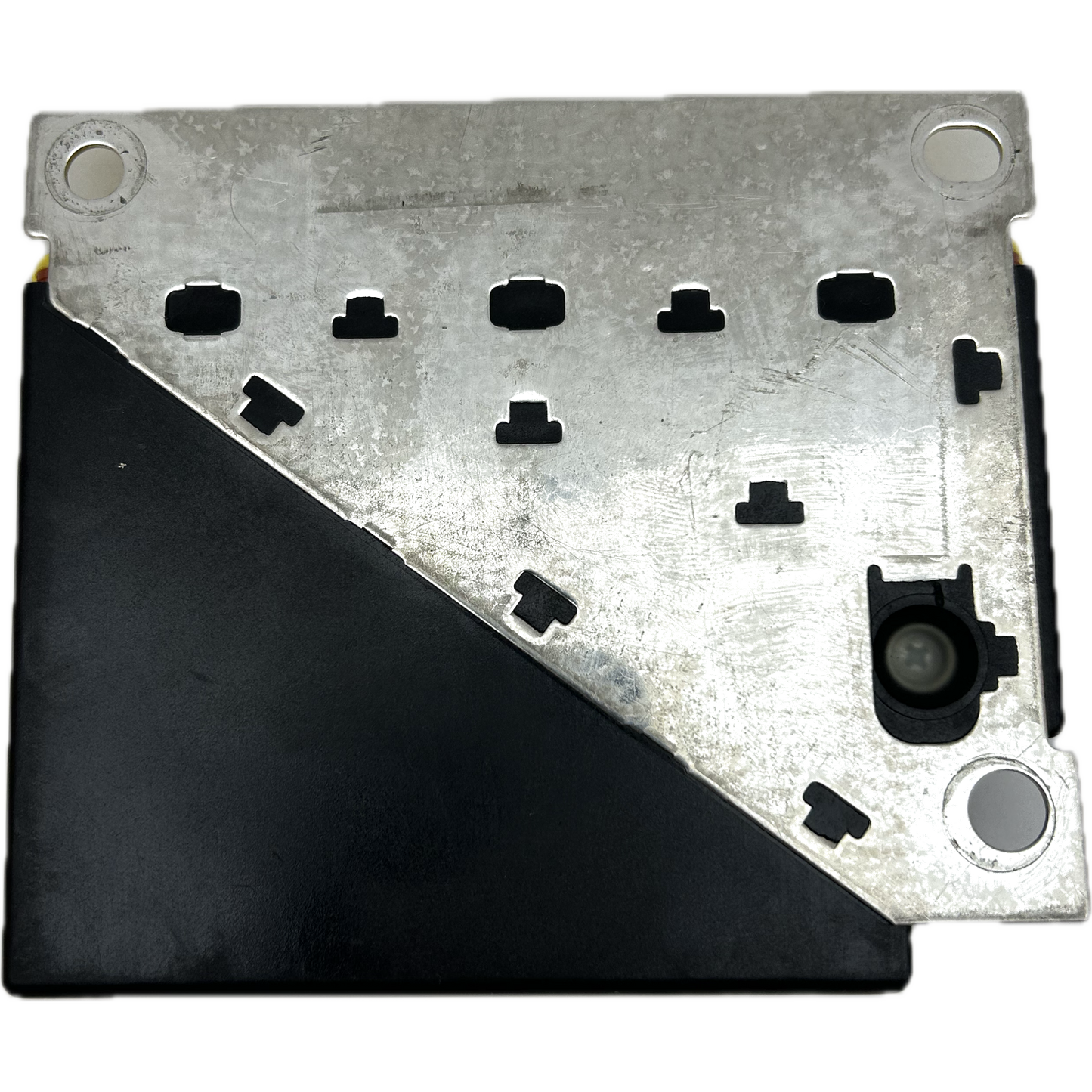What is a Seat Ibiza Mk3 airbag control unit?
The Seat Ibiza Mk3 airbag control unit is the central safety unit that activates all occupant restraint systems in the event of an accident. It monitors sensors, stores crash data, and ensures the proper functioning of all airbag modules in the vehicle, making it crucial for your safety.
This electronic module continuously records signals from acceleration sensors and the status of the seat belt pretensioners. When necessary, it deploys the airbags and tightens the seat belts to provide optimal occupant protection.
A professional Seat Ibiza Mk3 airbag control unit repair is essential to restore the passive safety system's full functionality. It's the lifeblood of the airbag system.
Why is the Seat Ibiza Mk3 airbag control unit defective?
The Seat Ibiza Mk3 airbag control unit often fails because it stores crash data from an accident that needs to be erased, or because internal electronic errors occur due to aging or voltage spikes. In these cases, the airbag warning light stays on, indicating a system error.
A common reason for a Seat Ibiza Mk3 airbag control unit repair is the storage of crash data after a collision. This data blocks the system until professionally erased.
Internal software errors, communication problems or age-related malfunctions in the electronics can also cause the control unit to break down and need to be replaced or repaired.
Common error codes for Seat Ibiza Mk3 airbag control unit repair
During the Seat Ibiza Mk3 airbag control unit repair, specific error codes are read out, indicating internal problems or system malfunctions, such as ignition circuit errors or communication failures. These codes help diagnose the exact cause of the defect and fix it specifically.
- 00588: Airbag Igniter Error → Damaged ignition circuit or internal control unit error.
- B1000: Control unit communication error → Interruption of communication with other vehicle systems.
- B1015: Malfunction in the airbag control unit → Internal error in the control unit itself.
- B1139: SRS module (Airbag ECU) malfunction → Supplemental Restraint System module general malfunction.
- B1193: Airbag module related error → Problem within the airbag module or its control system.
- B1206: Airbag RCM (Restraint Control Module) Error → Malfunction in the restraint system control module.
- B1342: SRS (Supplemental Restraint System) Error → General failure of the supplemental restraint system.
- B1620: SRS Error → Another general error in the SRS system, indicating the control module.
- B1649: Crash data detected in the control unit → Crash information stored after an accident.
What part numbers are available for the Seat Ibiza Mk3 airbag control unit repair?
For Seat Ibiza Mk3 airbag control unit repairs, the exact OEM part number is crucial to ensure compatibility. The primary verified OEM number for this model is 6Q0 909 605 AE, which comes from Volkswagen/Seat (Bosch OEM) and fits the 6L series airbag control unit.
This part number, 6Q0 909 605 AE, is widely confirmed as a genuine part for the Seat Ibiza Mk3 and is supplied by Bosch as an OEM manufacturer within the Volkswagen Group.
Other numbers such as 6J0 909 605 variants are more relevant for later models such as the Ibiza IV and should be avoided during a Seat Ibiza Mk3 airbag control unit repair to rule out malfunctions.
Seat Ibiza Mk3 Airbag Control Unit Installation Position & Repair
The Seat Ibiza Mk3 airbag control unit is centrally located in the vehicle to effectively control all sensors and actuators. Repair typically involves erasing crash data and correcting software errors, which restores system functionality.
In the Seat Ibiza Mk3, the control unit is located at the front of the center tunnel in the driver's footwell, protected beneath the heating unit. Access requires removing the footwell vent.
A professional Seat Ibiza Mk3 airbag control unit repair can extend the life of the component by correcting internal errors or erasing crash data without having to replace the entire module.
After the repair, re-coding and adaptation of the control unit via the vehicle diagnostic system, typically control unit address 15, is often required to ensure full compatibility and functionality.






